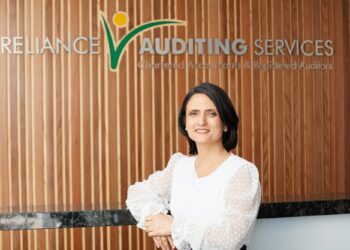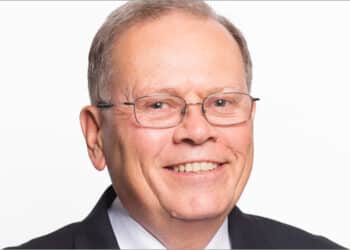SuperConcepts executive manager of SMSF technical and strategic solutions Philip La Greca said the recent cuts to the official interest rate has put the spotlight on deeming rates and how it impacts income for pensioners.
Mr La Greca explained that the deeming rates, which are currently set at 1.75 per cent and 3.25 per cent, are the notional earning rates the government assumes you should earn on your investments and is used in calculating a pensioner’s entitlement under the social security incomes test.
“This amount of deemed income can be higher or lower than the actual income earned on the investments, but particularly for older pensioners who are concerned about volatility and capital erosion and invest in conservative products like cash and term deposits, the gap has widened significantly,” Mr La Greca said.
“The impact is stark if your investments earn 1 per cent but you are deemed at 3 per cent, then the missing $2 on every $100 dollars of your investments can reduce you pension entitlement by up to $1 per fortnight. To replace this without changing your investments will result in the need to expend some of the capital.”
Deeming rates have not be changed since March 2015, Mr La Greca said, despite the fact there have been five interest rate cuts since then.
When deeming rates were set in 2015, the official cash rate was 2.25 per cent. They are now down to just 1 per cent following the latest cut in July, he noted.
By not cutting the deeming rate, this means that anyone who is income-tested for the pension will be paid a lower pension and cannot compensate for this unless their portfolio is adjusted.
“If you’re drawing a retirement wage from social security and superannuation, you’ll be forced to get this shortfall from capital that is meant to generate your income,” he said.
“As the gap widens between deeming rate and official interest rates, the population will find itself either increasingly reliant on fully funded government pension for their living wage or increasingly reliant on consuming capital with the hope it doesn’t run out while [they] still need a living wage.”
This deeming rate gap therefore accelerates the longevity risk of people outliving their capital as we continue to live longer, he noted.
Mr La Greca also pointed out that the deeming rate is only left untouched when interest rates are going down.
“In fact, you could suggest the government is adopting the same behaviour they find fault with borrowers when interest rates move,” he said.
“We believe the deeming rate should be linked to the official interest rates to avoid a gap widening that makes pensioners poorer and pushes them to rely on the government sooner by burning their capital.”



I would have to disagree with much of the logic advanced by SuperConcepts here. Firstly, the major test impacting age pension entitlements is the assets test not the incomes test. On the basis that a $860,000 term deposit would preclude a pension whether deeming rates are 1% or %3.25 is irrelevant. Secondly, there is plenty of economic data and evidence supporting the fact that low interest rates and cheap money drive asset price inflation. The Australian economy is underperforming and may be at risk of recession yet share markets continue to rise and are close to record highs. On the basis that many pensioners also own shares and houses, both of which are likely to inflate, reinflate and/or deflate less in response to cheap money means that cheap money is not just benefiting borrowers. Thirdly, what do you think cheap money is all about? It is economic policy aimed at encouraging people with debts to borrow more and generally opt to spend rather than pay down their loans. As for savers it is designed to encourage them to save less, spend more and/or join the hunt for yield which in turn helps drive up asset prices. This creates a wealth effect, which feeds back into yet more spending etc. You might argue this is crazy policy and has all the trappings of a ponzi scheme that will sooner or later break. You can only borrow and/or cut your savings by so much but that ignores the cheap money agenda. So, in conclusion, even if reducing deeming rates would make much of a difference reducing them would be totally inconsistent with the very reason SuperConcepts argue it should be reduced int the first place. SuperConcepts is making a political point not an economic one.
No where in this white noise about the deeming rate has there been mention that it encapsulates more than just cash earning interest. It also applies to financial assets such as shares (c.5% income), superannuation (anywhere from 5 – 10%pa).
In any event, it looks like you need to have more than $160,000 in financial assets for deeming to affect your pension with the deemed income of $4,424pa at an effective interest rate of 2.78%.
Much to do about nothing.
Totally Agree, the current deeming rate has not been fair since the lowering of the cash rates. With cash rates not expected to increase until sometime in the future, the deeming rate needs to be set to reflect the low cash rate. The reduction in the Centrelink Pension Asset testing a couple of years ago does not help either, when you have been self funded for years and would like access to a Part Pension.